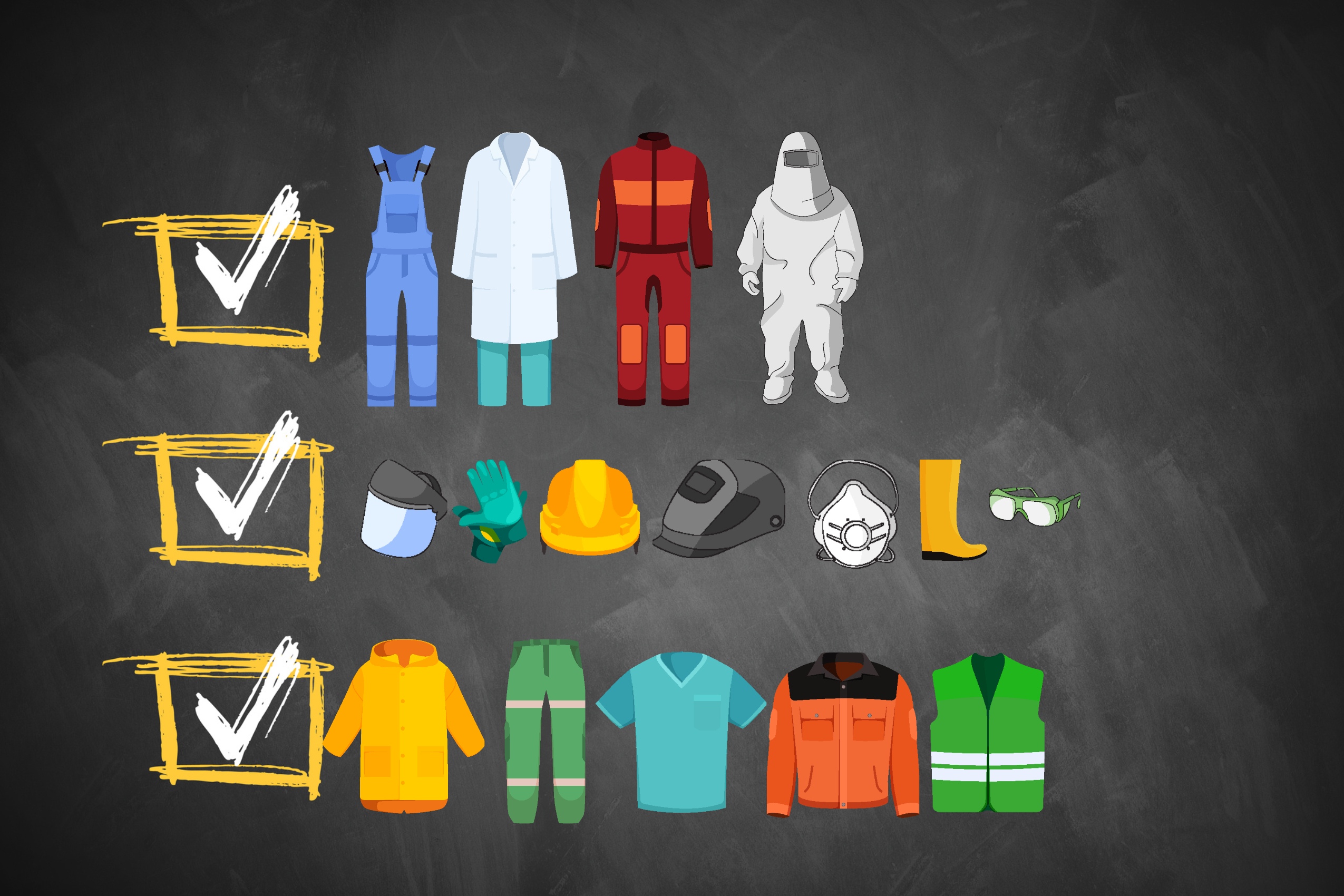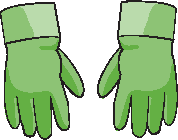THE ULTIMATE SAFETY CLOTHING CHECKLIST: PROTECT YOURSELF FROM ACCIDENTS

When working within high-risk situations, it requires more than skill & expertise. You need to be properly fitted in safety gear to protect you from harm.
Accidents can happen but with the right gear, you can minimise risk of injury & ensure your wellbeing.
In todays blog, we provide you with the ultimate checklist to help you stay safe whilst in your industry.
So lets get to it.
THE ULTIMATE CHECKLIST
1. Head Protection

Head injuries can be fatal, which is why head protection is a top priority.
Ensure you have the following safety gear:
- Hard Hat: Essential for workers in different areas such as construction, mining and many others. A hard hat can protect from falling objects, electrical hazards and other potential dangers.
- Bump Cap: Designed for low-risk environments. Lighter and less bulky than hard hats. Protects from minor impacts & scrapes.
- Hairnets or Skull caps: If you work within the food industry, hairnets or skull caps are essential to keep your hair from falling into food.
2. Eye And Face Protection


One of the most common injuries are the eye and face area. This can be prevented with the right safety gear.
See below for this:
- Safety goggles: Protects your eyes from flying debris, chemicals and other hazards. They should fit snug and clear lenses for maximum visibility.
- Face Shields: Protect you from splashes, sparks and other potential hazards. Ideally should be made of clear plastic & resist impact.
- Welding Helmets: Protect your eyes and face from bright light, radiation and sparks generated by welding.
3. Hearing Protection

Over time, your hearing can be damaged by loud noises. Protect your ears.
See necessary hearing protection:
- Earplugs: Most common form of hearing protection. Easy to use. Available in different options such as disposable or reusable.
- Earmuffs: Provides a better noise reduction than earplugs. They cover your entire ears and are comfortable for extended use.
4. Respiratory Protection

Breathing in dust, fumes and other harmful particles can damage your lungs. This may even cause long-term health problems.
RPE:
- Disposable Respirators: Lightweight & easy to use. They shield you from harmful gases and vapours while also filtering out dust and other particles.
- Half-Face Respirators: Covers your nose & mouth and can even provide better protection than disposable respirators.
- Full-Face Respirator: Provides complete protection for your face. The clue is in the name, it protects face, eyes and mouth. They are necessary for jobs that involve toxic gases & vapours.
5. Hand Protection

Accidents involving hands are common, so it's important to have strong gloves.
See the following:
- Disposable Gloves: Essential for jobs that involve handling chemicals, hazards and harmful substances.
- Leather Gloves: Useful for handling rough materials and provide some protection against cuts & abrasions.
- Cut-Resistant Gloves: Mandatory whilst working with blades & other dangerous implements. They prevent your hands from being injured.
- Heat-Resistant Gloves: Necessary for professions that involve hot objects such as, welding, ovens & grills.
6. Body Protection

Body injuries can be quite severe, therefore it's important to wear the right body protective equipment.
Listed Below:
- High Visibility Vests: Crucial in many industries to allow visibility of yourself and others when in a working environment.
- Aprons: Protect your clothes from spills & stains. Some even provide protection against cuts & punctures.
- Coveralls: Full-body protection against potential hazards, dust and dirt.
7. Foot Protection

Make sure to use the appropriate footwear for protection. some injuries can have long lasting effects.
The following protective footwear:
- Steel-Toed Boots: Required for employees to protect feet from potential hazards. Used within construction, manufacturing and many others in high-risk industries
- Slip-Resistant Shoes: Important when working in businesses such as, Restaurants and hospitals where slippery surfaces & floors occur.
- Chemical-Resistant Boots: Protect your feet from exposure to harmful chemicals & hazardous materials.
QUESTIONS FROM YOU
Do I need to wear all of this safety gear at once?
Ideally you only need to wear the safety gear that is necessary for your job whether that be at work or at home. Some jobs may require more gear than others. It's important to follow your employer's requirements. Some occupations may desire more than others.
Can I wear my own safety gear?
No, it's essential to wear safety gear that meets the required standards set by your employer. Your employer is responsible for providing you with the necessary safety gear.
How often should I replace my safety gear?
You should replace your safety gear when it becomes damaged, worn out, or expired. It's essential to follow the manufacturer's guidelines for replacing your safety gear.
SUMMARY
For anyone who works in dangerous areas or high-risk jobs are permitted to wear safety equipment.
The ultimate safety clothing checklist gives you access to the protective equipment you need to keep yourself safe.
To verify your safety follow this checklist.
Keep in mind...
You are responsible for your own safety
Stay safe!




